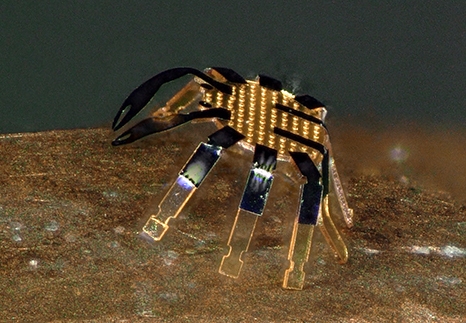While human beings tend to possess a lot of valuable traits, none can be deemed as valuable as our ability to scale up on a rather consistent basis. You see, when someone is pursuing growth under all possible situations, they end up giving themselves an encouraging shot at some big milestones. Once they clock the stated milestones, their floor is automatically raised, and before anyone can realize, they are ready to go for even higher altitudes. Now, if we assess the milestones we have stumbled upon so far, we’ll have to go through some pivotal moments in our history, but at the same time, one can safely say that we won’t find anything close to technology. The reason why technology is such an anomaly revolves around two prominent factors. For starters, it introduced us with a skill-set that we had never seen before, while the other factor is the creation’s reach. The latter, in particular, is significant beyond all limits, as that is what enabled technology in regards to giving the world a brand new identity. There will be, in turn, many beneficiaries of this reworked identity, and one among them is going to be our medical sector. Since linking up with technology, our healthcare sector has gone on to do some unbelievable things. Notably, even after becoming dramatically smarter under the creation’s stewardship, the sector has continued to bid for brighter horizons. In fact, a recent development from the Northwestern University seems like a bid of this very sort.
The researching team at Northwestern University has successfully developed a miniature-sized remote controlled crab robot, which is designed to facilitate minimally invasive surgical procedures within a body. Reported to be only half a millimeter wide, the robot can carry out a whole assortment of tasks such as walking, jumping, bending, twisting, turning, and walking. According to certain reports, the device does not require any electricity. Instead, it is powered on the back of a heating sensation that is produced by a specialized laser. The stated heat allows the robot to switch and take whatever shape that is suitable for a given task. While we covered how the heat would play a big role in reshaping the robot and making it work across different situations, it will also have a say in controlling the movement of the device, therefore allowing the operator to optimize every step.
“Robotics is an exciting field of research, and the development of microscale robots is a fun topic for academic exploration,” said John Rogers, who led the development of the new devices. “You might imagine micro-robots as agents to repair or assemble small structures or machines in industry or as surgical assistants to clear clogged arteries, to stop internal bleeding or to eliminate cancerous tumors — all in minimally invasive procedures.”


















